Hailing from the high desert of Joshua Tree, This Lonesome Paradise is the brainchild of E. Ray Béchard (vocal/guitar), delivers a sonic palate of reverb-soaked retribution, lounge lust, and the enigmatic echoes of western noir. Album instrumentation is filled out by Jordin Bordeaux (keys/vocals), Ivan Garcia (drums), Chris Wilson (bass) and Herb Benham IV (slide guitar). Their dark, moody music cinema evokes the blood thirst of a Cormac McCarthy novel and the poetic surrealism of a David Lynch film.
This Lonesome Paradise is currently a well-kept secret capturing the minds and imagination of all that come into its contact. Their upcoming record, Luna Nocturna, is dripping with bits of soul, goth, trip-hop and bound together with their distinctive neo-western twang; it is by far their most wounded, raw, and creative work to date. They have shared the stage with a wide array of musical talent such as Timber Timbre, The Warlocks, Wand and Spindrift to name just a few.
Luna Nocturna was produced by E. Ray Béchard, and recorded/mixed at Dharma Sound Studio. It was mastered by Michael Rozon (Chelsea Wolfe, Melvins, Ministry). Saint No offered the album’s art.
Luna Nocturna (Bad Vibes Good Friends) will be released on October 18. Preorder here.
Ghettoblaster recently caught up with Béchard, who offered five studio tricks and tools that led to or transformed the record’s sound (which was recorded and mixed at Dharma Sound Studio in Landers, California).
1.) The biggest trick or tool that led to the sound of the record was putting utmost importance to the way the musicians played. Whether it was technique or all members playing in the same room together. It led to an environment where the band focused on tones, dynamics, nonverbal cues, and the overall feel of the music. No metronome to keep the energy contained or multiple tracking/editing takes. There was room for creativity and happy mistakes.
2.) We got creative with micing techniques. One of my favorites used was a mic placed in a 110-year-old broken upright piano that captured the reverberation of the guitar amp being blasted into it. It created sonic textures and colors that would have been hard to replicate in the box.
3.) Using a mixture of new and vintage gear, we tried to create a warm analog sound with the essence of the newer hifi sound. Some vintage gear used were, altec condenser mics from the ’60s, an Altec tube lipstick condenser used to measure how loud the atomic bomb was, a 1960s Roger’s drum kit found in the desert, vintage guitar amps, an echoplex EP-3 on the keys, Fender Bass VI for all bass tracks, modified reel to reel tube preamps from the ’50s and ’60s. Some of the newer gear used were Earthworks condensers, API and Shadow Hills preamps, modern ribbon mics, and analog EQs and compressors. The mixture of new and vintage gear paints a picture that is warm, fuzzy, and dynamic, yet clear, powerful, focused, and detailed.
4.) All the tracks were summed into a ’70s Tascam console for the final mixdown. This was key in gluing the modern and vintage sounds together. The difference between the nonsummed mix and summed mix were night and day.
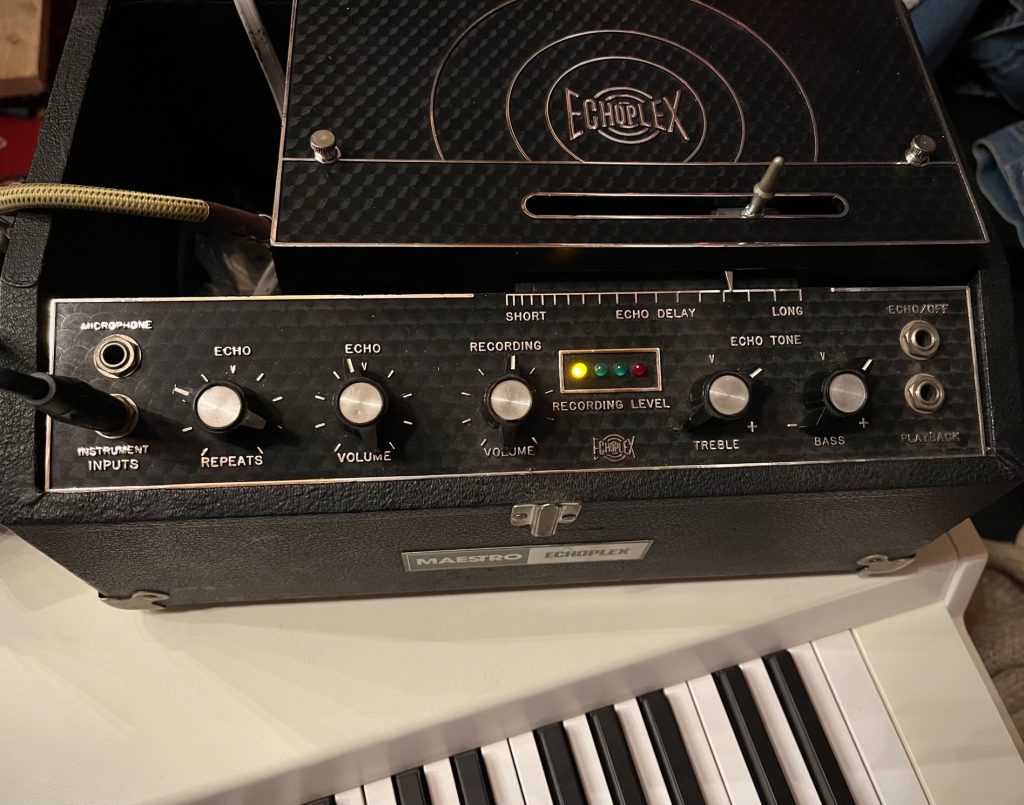
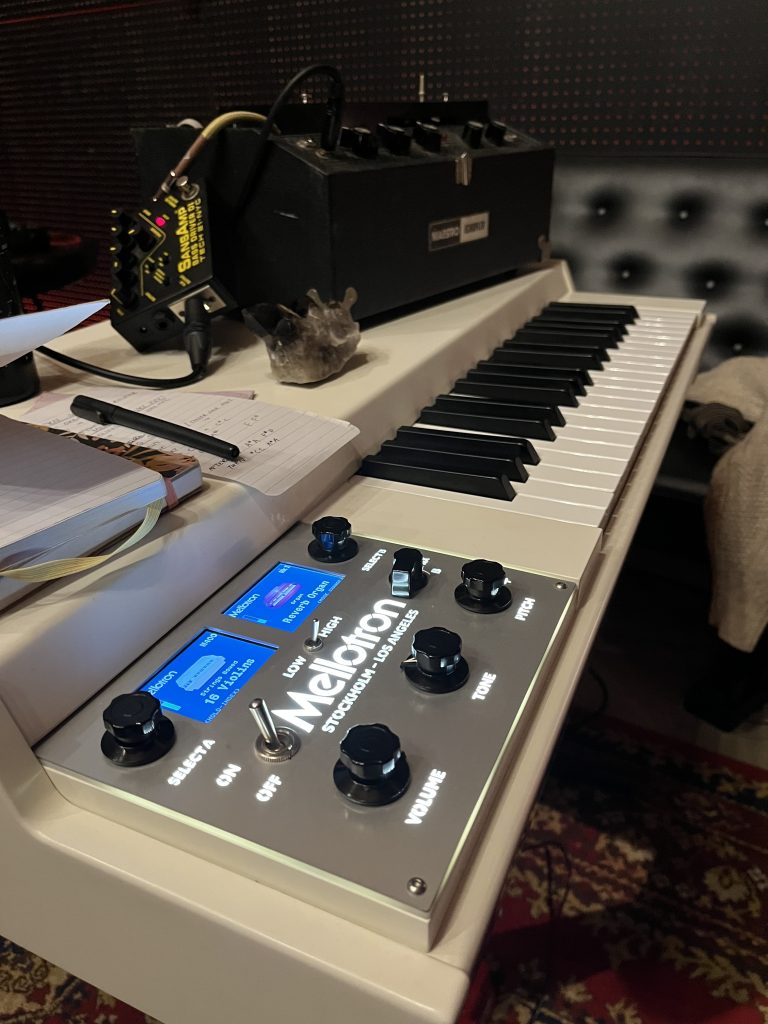
5.) A happy mistake happened when we were running the Mellotron into the Echoplex tape delay. There were some forgotten recordings (nobody knows how old they were) that were recorded onto the tape loop and would introduce themselves randomly at perfect times in the compositions. No one noticed this until we were in the mixing process since it sounded so perfect. Sometimes it would sound like a pterodactyl screaming, other times like a bullet flying by, Always at the perfect moment. We all decided it was best to leave them in, as the echoplex ghosts clearly wanted to join the band.
Photo by Jordin Bordeaux


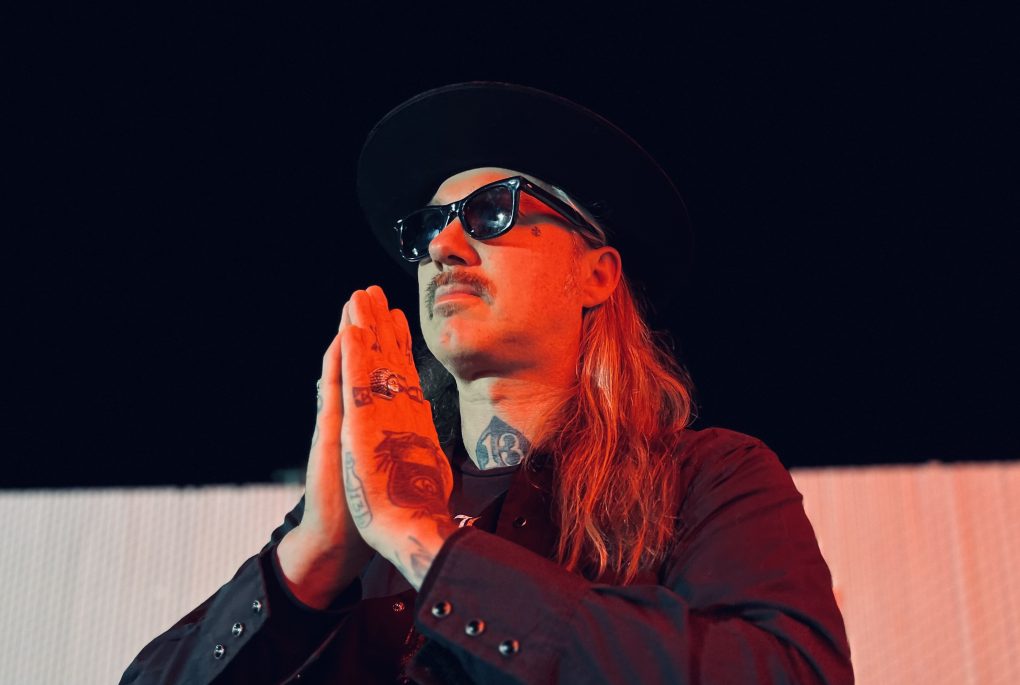

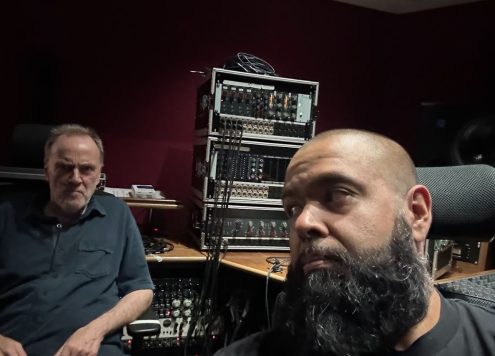
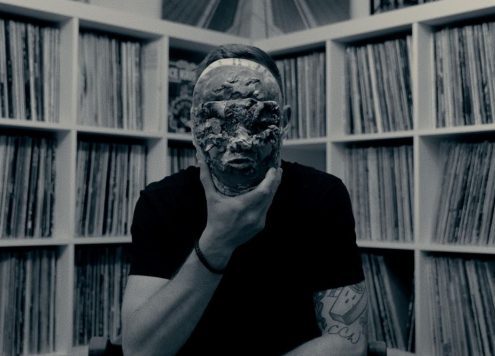

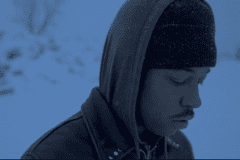



Social Media